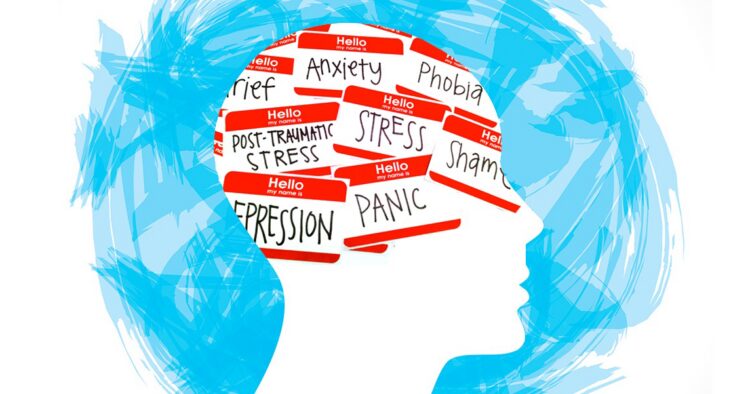Human resources (HR) professionals play a critical role in supporting employee well-being and mental health in today’s workplace. With increasing awareness around issues like work-related stress, depression, anxiety, and burnout, organizations are increasingly looking to HR to implement policies, programs, and practices that look to foster a psychologically healthy work environment. This is a notable shift from HR’s traditional focus on compliance and liability issues towards a more holistic view of employee experience as well as promoting organizational health from the inside-out.
Defining Well-being and Mental Health

Before having a look at HR’s role, we should define what is meant by well-being and mental health when it comes to the workplace. While the terms are sometimes used interchangeably, there are nuances. Well-being encompasses the experience of health, happiness, and prosperity. It includes feeling satisfied with one’s career, managing stress levels, having strong relationships and support systems, growth and development opportunities, and a sense of purpose and engagement.
Mental health refers specifically to cognitive, behavioral, and emotional well-being. It affects how we think, feel, and interact with others around us. Mental health is almost on a scale, a scale that ranges from thriving to languishing or struggling with mental health conditions like depression, anxiety, bipolar disorder, PTSD, and others.
While well-being and mental health overlap, HR supports employees across the full range, whether they are thriving, languishing, or suffering from clinical symptoms.
HR’s Evolving Role in Health and Wellness

HR departments are perfectly positioned to promote employee well-being at multiple levels. Here’s how:
Strategic Planning
They help shape an organization’s strategy, priorities, and investment insofar as health and wellness programs are concerned. This might include compiling data on risks, needs assessment, benchmarking against competitors and best practices, and forecasting return on investment.
Company Culture & Values
They ensure that health, safety, and wellness are embedded into the company’s culture, values, and daily operations. For example, modeling healthy behaviors, reminding teams to take breaks, encouraging utilization of benefits and resources, and talking openly about topics like stress management are a few things.
Policy & Program Development
They research, design, implement, and evaluate health promotion policies and programs. Examples might include paid time off, work-life balance policies, flexible work arrangements, learning and development offerings, chronic disease management plans, counseling and mental health services, mindfulness programs, gym discounts, and more.
Communications
They lead communications efforts to educate employees about health topics through campaigns, the employee intranet, trainings, presentations, and events. This might also includes listening to employees to understand needs.
Data Collection & Analysis

The experts at VertiSource HR tell us that they also leverage data from the human resource information system, health risk assessments, insurance claims, and program participation helps businesses to understand population health risks, identify high-risk groups, and determine program efficacy.
Facilities & Environment
They ensure work facilities promote employee health through ergonomic equipment, break areas, designated lactation spaces, healthy food options, and other built environment considerations.
Partnerships
They collaborate across departments and partnering with third-party vendors to provide comprehensive and integrated health and wellness programming. This creates efficiency and continuity for employees.
Training & Development

They equip managers to recognize signs of mental health concerns, respond compassionately, and refer employees to appropriate resources when needed.
Conclusion
The expansive view of HR as a driver of holistic employee well-being has evolved over time. In the past, HR may have been viewed as solely an administrative function focused on payroll, compliance, recruiting, and basic benefits management. But today’s changing demands on the workforce and greater recognition of the impacts of mental health are transforming expectations.
With its bird’s-eye view of the employee experience, HR is perfectly positioned to help organizations support total worker health. This means operating under the philosophy that employees perform best when they feel supported and can bring their whole, authentic selves to work – mental health included.

